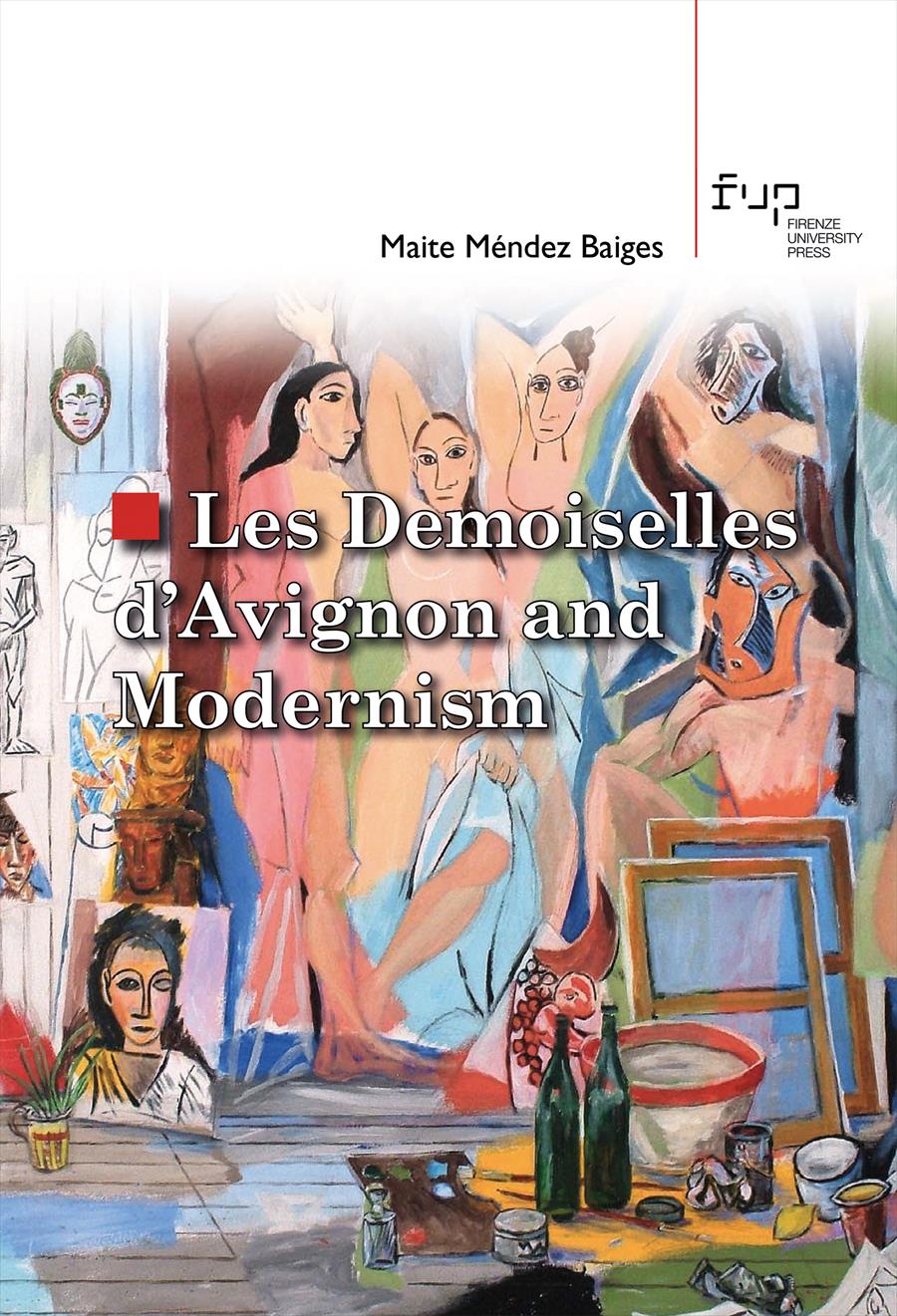- Les Demoiselles d’Avignon and Modernism
- Maite Méndez Baiges
Other Criteria. Problematic Nudes
- Maite Méndez Baiges
- © 2022 Author(s) |
- CC BY 4.0
- DOI: 10.36253/978-88-5518-656-8.05
In the 1960s and 1970s this formalist version seen in the previous chapter began to show signs of fatigue. Some critics and art historians began to show interest in the personages on stage in Les Demoiselles. Early on John Nash linked the damsel squatting at lower right of the canvas with the myth of Medusa. Leo Steinberg immediately formulated a series of questions that constituted a direct attack against the formalist version. Why should we examine a painting that presented five naked prostitutes, all gazing fixedly at the viewer, merely from the formalist perspective? The time had come to take into account the content of the painting and consequently all of modern art which had been restricted by the prevailing formalism. This chapter tells how the formalist arguments were refuted and cleared the way for the iconological studies that placed the powerful sexual content in the foreground. The person mainly responsible for this was Leo Steinberg who sparked off an authentic revolution on the way to deal with this work and Modernism as a whole.
- Keywords:
- Modernism,
- Demoislles d'Avignon,
- John Nash,
- Leo Steinberg,
University of Malaga, Spain - ORCID: 0000-0002-0762-7004
- Bernadac, Marie Laure and Andoula Michael, ed. 1998. Picasso. Propos sur l’art. Paris: Gallimard.
- Bois, Yve-Alain. 2001. “Painting as Trauma.” In Picasso’s Les Demoiselles d’Avignon, edited by Christopher Green, 31–54. Cambridge: Cambridge University Press.
- Bohm-Duchen, Monica. 2001. The Private Life of a Masterpice. London: BBC.
- Bürger, Peter. 1977. Teoría de la vanguardia. Translated by Jorge García. Barcelona: Península.
- Elderfield, John, ed. 1994. Les Demoiselles d’Avignon. New York: The MoMA.
- Foster, Hal. 1993. “‘Primitive’ Scenes.” Critical Inquiry 20, no. 1 (Autumn): 69–102. https://www.jstor.org/stable/1343948
- Green, Christopher. 2001. Picasso’s Les Demoiselles d’Avignon. Cambridge: Cambridge University Press.
- Nash, John. 2004. “Pygmalion and Medusa. An Essay on Picasso’s Les Demoiselles d’Avignon.” Umêní Art 1, no. LII: 61–6.
- Salmon, André. 1922. Propos d’Atelier. Paris: C. Crès.
- Seckel, Hélène. 1994. “Anthology of Early Commentary on Les Demoiselles d’Avignon”, In Les Demoiselles d’Avignon, edited by Elderfield, 213–46. New York: The MoMA.
- Steinberg, Leo. 1972a.“The Philosophical Brothel. Part I.” Art News 71, no. 5 (September): 22–9.
- Steinberg, Leo. 1972b. “The Philosophical Brothel. Part II.” Art News 71, no. 5 (October): 38–47.
- Steinberg, Leo. 1988. “The Philosophical Brothel.” October no. 44 (Spring): 7–74.
- Steinberg, Leo. 2002 (1972). “Reflections on the State of Criticism.” In Robert Rauschenberg. October Files, no. 4: 7–38. Cambridge-London: The MIT Press.
- Zervos, Christian. 1942. Pablo Picasso. Vol II: Oeuvres de 1906 à 1912. Paris: Cahiers d’Art.
Chapter Information
Chapter Title
Other Criteria. Problematic Nudes
Authors
Maite Méndez Baiges
Language
English
DOI
10.36253/978-88-5518-656-8.05
Peer Reviewed
Publication Year
2022
Copyright Information
© 2022 Author(s)
Content License
Metadata License
Bibliographic Information
Book Title
Les Demoiselles d’Avignon and Modernism
Authors
Maite Méndez Baiges
Peer Reviewed
Number of Pages
148
Publication Year
2022
Copyright Information
© 2022 Author(s)
Content License
Metadata License
Publisher Name
Firenze University Press
DOI
10.36253/978-88-5518-656-8
ISBN Print
978-88-5518-655-1
eISBN (pdf)
978-88-5518-656-8
eISBN (epub)
978-88-5518-657-5
Series Title
Studi e saggi
Series ISSN
2704-6478
Series E-ISSN
2704-5919
